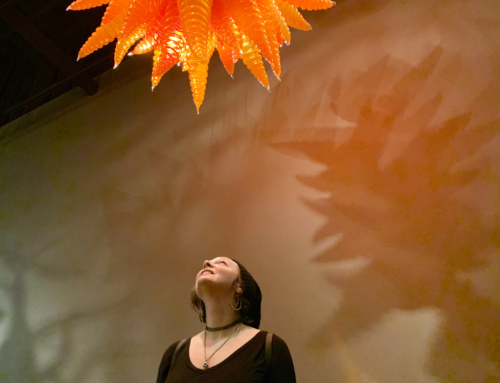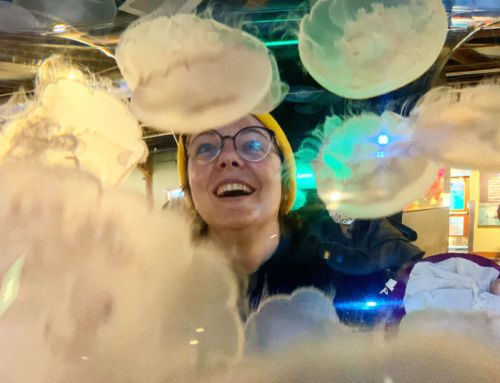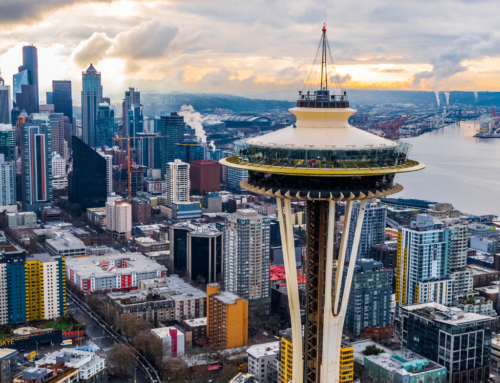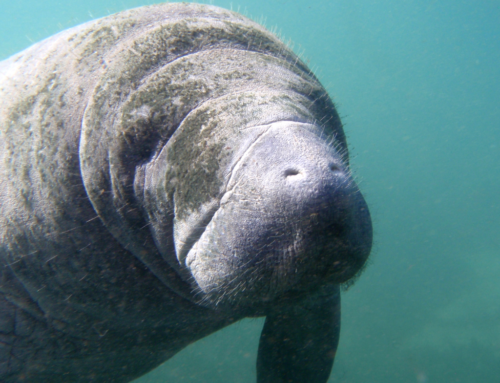
As a Biopsychology graduate, animal activist, and a veterinary technician, science and natural history are huge passions in my life. The Smithsonian Museum of Natural History in Washington, DC is one of my favorite museums I have ever visited. The museum contains a huge amount of information. Constantly changing exhibits and some of the most incredible specimens in the world keeps things interesting. Unfortunately, two of the exhibits I was most excited to see were closed for refurbishment: the Hall of Dinosaurs and the Ancient Egypt area. However, I still spent an entire day observing the other amazing exhibits.
Table of Contents
What to Expect at the Museum
The Smithsonian museums are all free to visit in Washington, DC. The Smithsonian Museum of Natural History is three stories of exhibits. I would dedicate the majority of a day to visit each exhibit. Food and drink are not allowed in the museum, and the cafeteria is very expensive and sells only pre-made sandwiches and snacks. I would highly suggest leaving to get lunch somewhere else nearby in the National Mall to get a better quality meal. However, the cafeteria is one of the big ways the museum earns money due to the lack of entrance fees, so buying a snack there helps support the museum.

Security is tight at the museum, and there is a long list of objects that are not allowed within the building for the safety of both visitors and exhibits. The full list can be found on the museum’s website.

What to See at the Smithsonian Museum of Natural History
If you are short on time, the exhibits you choose to visit really depends on what you are interested in. My favorites included the Hall of Human Origins on the ground floor, and the Hall of Geology, Gems, and Minerals on the second floor. Both of these exhibits are permanent fixtures in the museum.
The Hall of Human Origins discusses the evolution of humanoid peoples that came before us: those that evolved to become modern humans, and those that died out and why. The exhibit is beautifully created, and includes extremely life-like sculptures of these early humans, discussing their background and everyday life. The exhibit also displays different skulls, tools, and artifacts that have helped scientists discover where human life has come from.

The Hall of Geology, Gems, and Minerals is an exhibit that showcases exquisite geological finds, from diamonds to gold. The exhibit discusses where each of the gems and minerals come from, their chemical formula, and how they are used. Even if you are not interested in geology, the gems and minerals are absolutely beautiful. I saw gems that I didn’t even know existed in this exhibit! The exhibit also includes the world-famous Hope Diamond: the largest perfect diamond in the world, with an extensive history.

Other exhibits include: 3 to 4 temporary science exhibits, hands-on immersive experiences, and permanent exhibits. When I visited in September of 2018, the temporary exhibits included epidemic research, objects from the natural history collection often not on exhibit, and an exhibit on narwhals. Immersive experiences include a science education center, a butterfly pavilion, and a discovery center for young children. Permanent exhibits include Birds of DC, History of African Culture, History of Human Origins, Hall of Mammals, Ocean Hall, Geology and the Hope Diamond, a live insect “zoo”, and a bone exhibit.

How to Get to the Smithsonian Museum of Natural History
The Smithsonian actually has its own stop on the DC Metro line. Wherever you stay in Washington DC, make sure that you are either close enough to the National Mall to walk, or take the metro to keep costs low. The Smithsonian stop is easily accessible by the orange and silver lines. The Natural History Museum is located within the National Mall area on 10th St. and Constitution Ave. near other major museums.

Where to Stay in Washington, DC
While visiting Washington DC, I stayed with a local friend near the Friendship Heights Metro Station. This easily allowed me to take the metro to and from the Smithsonian and other locations easily and cheaply. Check here for a list of hotels or here for a list of AirBnBs in Washington DC. I highly suggest staying near a metro line and taking the subway. DC’s metro system is very clean, efficient, and overall much better than what I have experienced in other major cities.
Have you visited the Smithsonian Museum of Natural History? What did you think?
Like this article? Pin it!












This sounds fascinating
I love this post and how much information/detail you included! Sounds like a place to add to my list ☺️
Very interesting. Love reading about about the Smithsonian.
Thank you!
I have always wanted to go to the Smithsonian, it looks like such an amazing place to visit and all your tips are very helpful! I will certainly keep them in mind if I ever get the chance to go!
You definitely should! I didn’t get a chance to visit the other Smithsonian museums in DC, but I’ve heard they’re excellent as well
I’ve always wanted to visit the Smithsonian, thanks for such a detailed travel guide. I’m definitely pinning for later.
Thanks for your support!